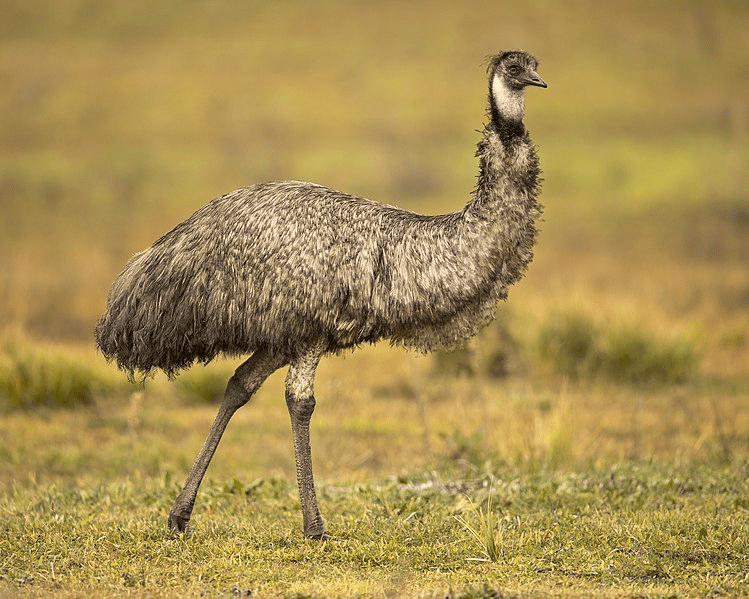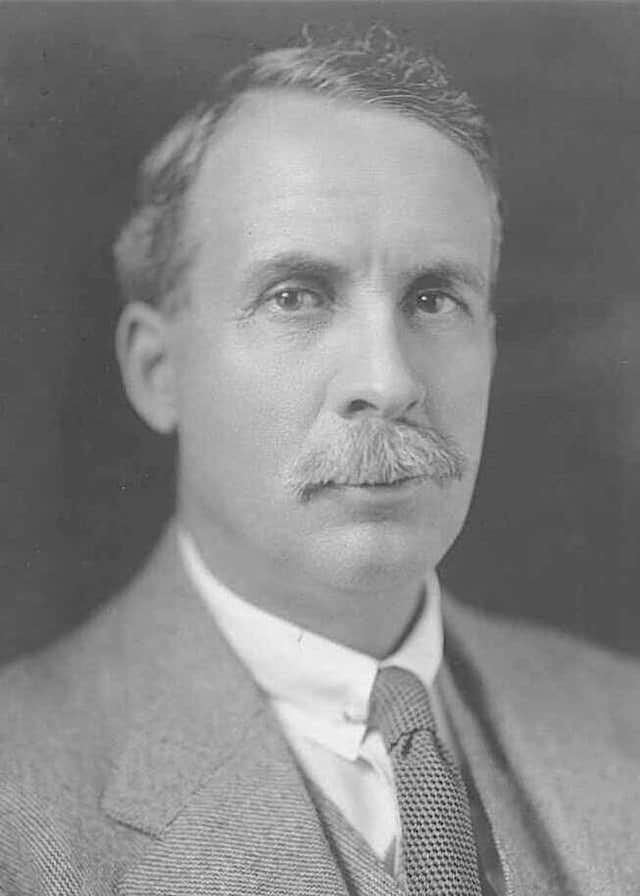Wars have shaped humanity’s history. These deadly conflicts among powerful nations left an insurmountable number of fatalities which we have learned from our history books. However, this one war is not like any others. It is a war between a country (Australia) and an animal (the emu). Strap in, because this is a piece of history you won’t want to miss out on.

Australia has had more than its fair share of invasive species problems. The Australian Great Emu War, however, was one of a kind.
In an attempt to eliminate the native bird population, Australian forces went all out and launched a war. It was not humans against other humans but instead, the opponents were large flightless birds that unexpectedly won the war with flying colors.
The Emu territory
The Great Emu War was one of the many effects of the first world war. In 1932, after one of the deadliest conflicts in humanity ended, thousands of Australian war veterans returned to their home country.
This pushed the government to create a settlement program which resulted in about 5,000 ex-soldiers being offered farms to cultivate wheat and sheep. Initially, the administration purchased 90,000 hectares of land for the veterans, but this wasn’t enough, compelling them to place the remaining soldiers in some marginal areas of Perth in Western Australia.
What the government failed to realize was that these newly cultivated farmlands in the district of Campion were a migratory sanctuary for emus where they breed and find food.
The Emu War
Emus (Dromaius novaehollandiae) are large flightless birds native to Australia. Slightly smaller than its African counterpart, the ostrich, the emu is the second largest living bird on earth, standing six feet tall and weighing 100 pounds or more.

Emus have very powerful legs which allow them to reach greater distances when looking for food and it also serves as their weapon in fending off their predators by jumping and stamping them down. In the same way, these legs allow them to sprint to an impressive 50 km/ hr speed.
Carrying on to their usual migratory route, an estimated 20,000 emus flock to the inland region of Campion to forage to which they began eating the wheat crops and damaging farm fences. With their giant webbed feet and duck-like bills, the emus sheared off crops right before they were ready for harvest causing a lot of financial loss to the farmers.
Adding up to the problem was the effect of the Great Depression which caused wheat prices to plummet, exacerbating the situation for the agricultural sector. The government promised to give aid through subsidies to the farmers but these promises were left in vain.
War against emus
Desperate for a solution, these ex-soldiers (turned neophyte farmers) asked for help from the Minister of Defence, Sir George Pearce. With no knowledge of wildlife management, Pearce and the former veterans only saw one solution to the vermin attacks: to launch an all-out war against its unofficial national bird that appears on its coat of arms.
Undeniably, the plan of sending an army to cull 20,000 flightless birds sounds absurd and not well thought of. John Murray, in his publication in the Journal of Australian Studies, suggests that this could have been propaganda to show people that the government was concretely doing something to support the struggling war heroes.

To eradicate the emus, farmers requested machine guns, knowing very well how effective they would be. Headed by Major G.P.W. Meredith, soldiers equipped with Lewis machine guns that were capable of firing 500 rounds per minute and 10,000 rounds of ammunition were headed to Campion to eradicate the majority of the emus’ population.
Meredith was so confident that his plan would work that he even tagged along a cinematographer to capture his imminent success. But things didn’t really go according to plan.
Series of unfortunate events
On the day of November 2, 1932, the military men traveled to Campion where they spotted 50 emus and realized their first problem–the birds were out of the guns’ range. Their solution was to ask help from the locals to lure the herd of emus towards the firing positions.
What seemed like a good strategy did not work because every time they fired a shot at a herd, the emus split into small groups and ran (in a panic), rendering the machine guns ineffective. Emus proved to be a difficult target because of their agility.
In the quest to kill more emus, Major Meredith on November 4th, 1932, prepared to ambush a population of 1,000 emus near a local dam. Knowing the birds’ capacity to run at fast speeds, soldiers waited until the birds were at point-blank range before opening fire. However, luck was not on the military’s side as the gun jammed after only killing 12 birds and the other emus started to run for their life before more could have been shot.
As the media quoted at the time:
“The emus have proved that they are not so stupid as they are usually considered to be. Each mob has its leader, always an enormous black-plumed bird standing fully six-feet high, who keeps watch while his fellows busy themselves with the wheat. At the first suspicious sign, he gives the signal, and dozens of heads stretch up out of the crop. A few birds will take fright, starting a headlong stampede for the scrub, the leader always remaining until his followers have reached safety.”
On the 6th day of the war, 2,500 rounds of ammunition had already been fired and the number of emu casualties remained unclear. Some accounts say only 50 birds died whereas others claim 200-500 casualties.
As one of the army observers recalled the birds had developed their own understanding of military science and employed sneaky tactics. For each mob of birds, there was always an enormous black-plumed bird who kept watch while his mates carried out their work of destruction. Not only that, the emus’ tough feathers and blind panic made them difficult targets.
The math wasn’t on the soldiers’ side, which led the troops to employ another strategy– use a vehicle. Meredith decided to mount a machine gun onto a truck to keep up with the running emus. Much to their dismay, not a single shot was fired because the bumpy countryside terrain made aiming at the birds impossible. Moreover, a bumbling emu got tangled in the steering wheel causing more problems to the already ill-fated expedition.
The end of the emu war — but no ceasefire
Eventually, after several weeks, the fiasco reached the Australian parliament, which unanimously deemed military intervention a lost cause, ultimately resulting in the withdrawal of the military personnel from the “warzone”.
This signified the end of the battle but it was no ceasefire. The government decided to provide ammunition to the locals for them to take care of the problem themselves, and about 57,034 emu lives were claimed in about over six months in 1934. Aside from providing weapons, the administration decided to explore other alternatives like exclusion barrier fences to prevent emus from encroaching farmlands.
The Great Emu War is often a source of comedy and fascination for many people being a subject of jokes, songs, and works of art. On a serious note, it highlights the challenges of managing wildlife populations. This predicament is still relevant more than ever, especially that now we struggle to control alien and invasive species that continue to threaten native biodiversity.
Ultimately, this war against the emus serves as a reminder of the importance of finding sustainable and effective methods of managing wildlife populations that take into account the needs of both humans and animals.






